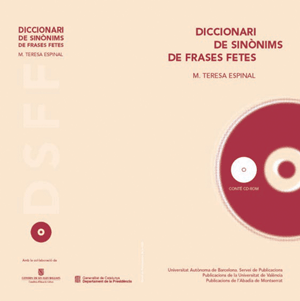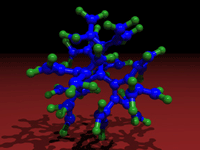The international scientific community is now investigating possible substitutes for silicon oxide, one of the main components of microelectronic devices, by looking at other materials that have better electrical properties and are compatible with the CMOS (complementary metal-oxide semiconductor) manufacturing processes. The UAB's Department...











